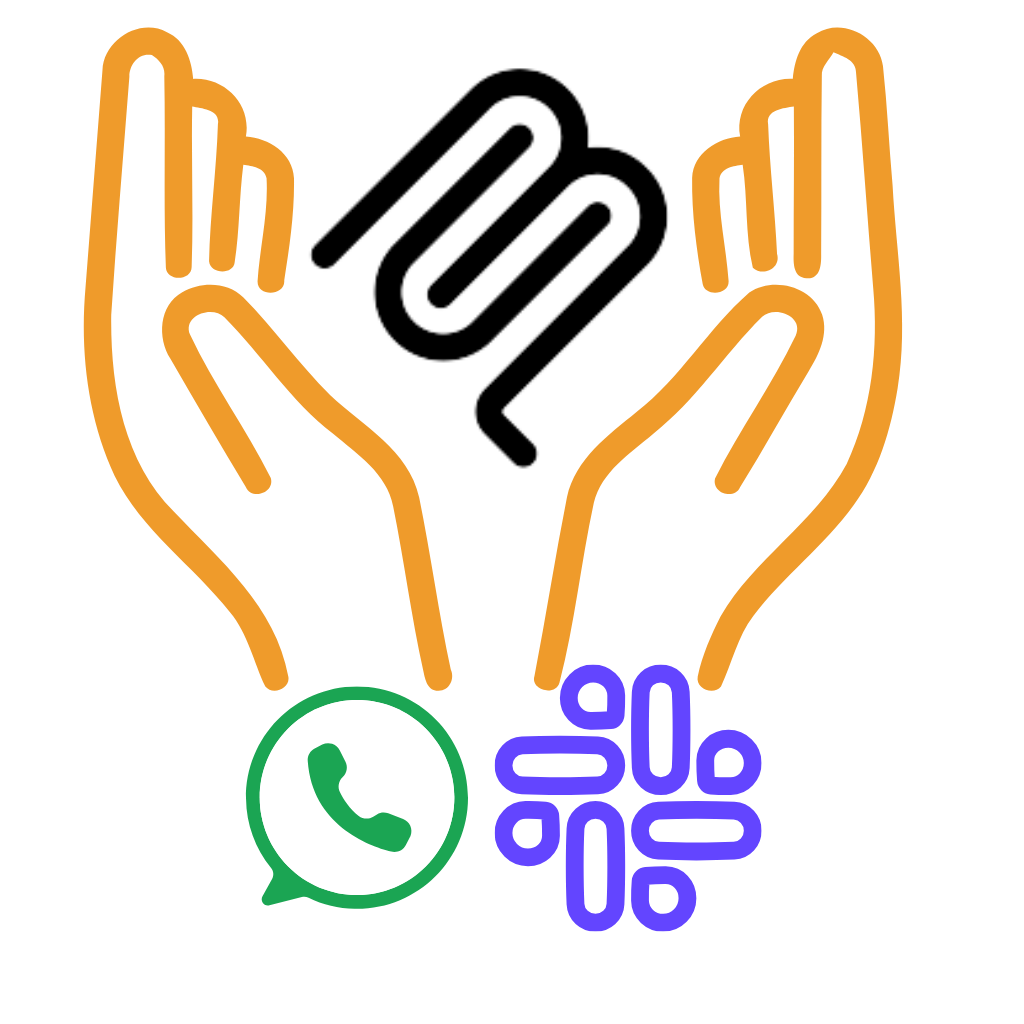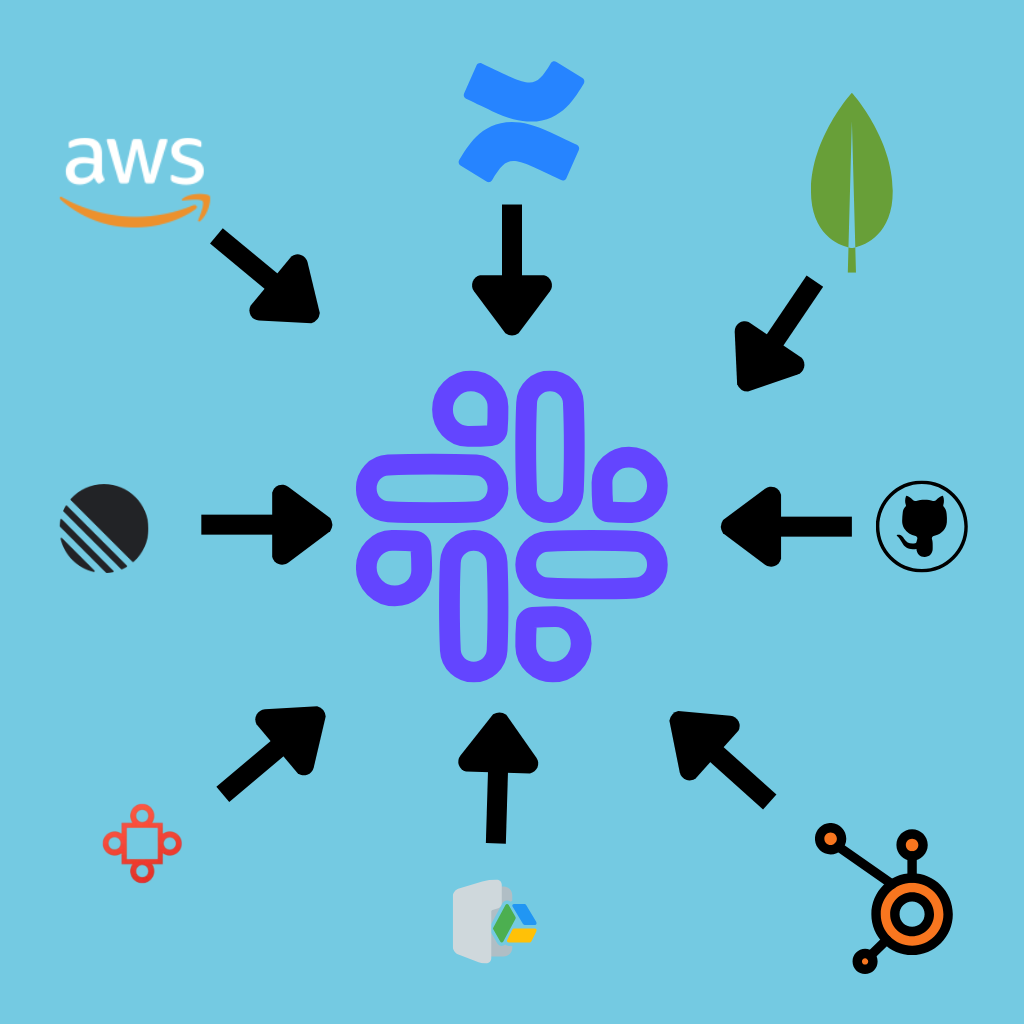Where are all the clients?
Specialized UIs will be just that – tools for special occasions
Why would you ever leave Slack?
Take a moment to think about it.
You are on Slack most of the day, communicating with your teammates and the rest of your company.
You gather information.
You synthesize it.
And then you convert it into concrete actions.
Over and over again.
There are only two reasons to leave Slack:
the information you are looking for is not reachable through Slack,
the action you want to take is not exposed in Slack.
Critically, taking an action outside of Slack creates follow-up work: you now need to inform your team about the action you have taken to prevent double-work and miscommunication.
For long-lived complicated actions, like writing code or longer documents, Slack is of course not a suitable tool.
But the average workday is full of smaller actions – querying disparate sources of data, nudging people, following up on tasks.
Why can’t these actions be taken in Slack?
Why can’t you just ask in your team’s channel whether task XYZ is done, and someone will go to Jira, read through the task’s history, find mentions of the task in Slack and emails and gives your entire team a summary?
Why can’t you ask “which pull requests have been in review for too long?” – and follow up with “ping the reviewers please”.
Why can’t you schedule a calendar meeting directly in Slack, at a suitable time slot referring to your team mate by their first name?
The future is here already…
All of these things are technically possible already.
In fact, they have been possible for over a year already.
Giving ChatGPT hands doesn’t even require writing code, yet nobody uses this functionality, and only few people know about it.
Only in the area of writing code, we’re seeing a strong move to conversational interfaces and agentic workflows, interacting closely with a coding agent, and giving the agent more and more hands to do more and more work for us.
Connecting everything to Slack means we can re-use the multi-modal conversational UI built and polished over the years by Slack.
Everyone has access to Slack.
It’s literally just about plugging in everything.
…but not evenly distributed
This literal plugging is unfortunately only accessible to highly technical folks.
However, just last week Anthropic announced that MCP servers can now be plugged directly in Claude on the web.
A great step forward.
However this is still limited – most people don’t spend their days in Claude.
I doubt that people ever will, because “Let me use Claude” is a specialized usecase currently as opposed to “Let me exist” which is what a company’s chat tool boils down to.
Redistributing
I expect that these integrations will get built over the next two to three years.
And that exposing your services through MCP or whatever will be the dominant protocol then will be expected of your product.
The crucial questions to answer here are:
how do you change your UI/UX if you now only expect power users to use a specialized UI for your product?
how do you design UX around performing actions on the user’s behalf in another platform?
how do you manage context in environments like Slack?
Now if you think about it a bit more, you will find that you are already using many different conversational interfaces.
Here are the ones I can come up with:
Your main messaging app (e.g. WhatsApp or Telegram),
Your secondary messaging app because not all of your friends are on the first
Your work email inbox
Your private email inbox
Slack or Teams for work communications
If you work in a customer facing role: your CRM.
All of these interfaces already exist.
And they all are waiting for a capable pair of hands.




